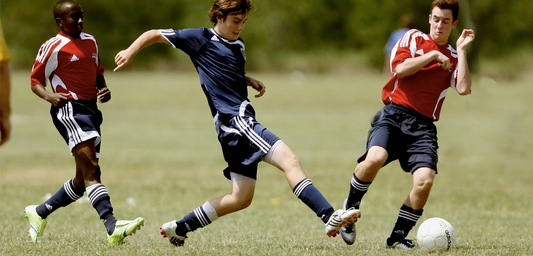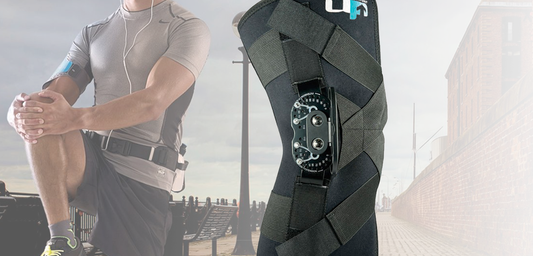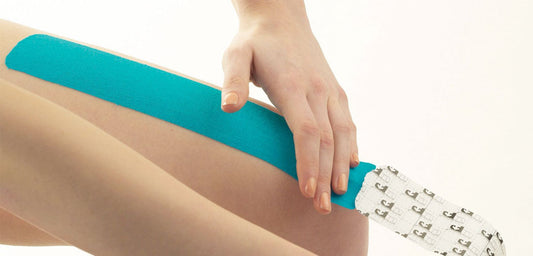
Range Of Motion Knee Braces
Share
Range of Motion (ROM) and Hyperextension knee braces support the knee joint while allowing controlled movement during recovery from injury or surgery. They have adjustable hinges that enable you to set specific limits on how much your knee can bend (flexion) or straighten (extension). As a result, this facilitates a safe and gradual return to normal knee function.
Ultimate Performance ROM Knee Brace
Features of Range of Motion Knee Braces
Range of motion knee braces have the following features:
Adjustable Hinges
ROM and hyperextension knee braces typically have hinges on either side of the knee joint. These hinges can be adjusted to control the degree of movement in the knee, therefore, providing precise limits for bending and straightening. Most allow for step-by-step adjustments in small increments, offering customized levels of protection and support.

Pin Stops or Locks
ROM knee braces have pin stop mechanisms you set to restrict movement within a certain range. For example, a brace might be set to allow 0° to 90° of movement, preventing excessive bending. In particular, you must avoid hyperextension when recovering from Posterior Cruciate Ligament sprains so you might set it to prevent you full straightening your knee whilst the ligament heals.
Support and Stability
In addition to controlling the range of motion, these braces provide a high level of stability to the knee joint. The solid metal supports down the sides of the brace prevent unwanted side-to-side movements, which could aggravate existing injuries.
Why use a Range of Motion Knee Brace?
Why should you use a range of motion or hyperextension knee brace instead of a standard knee support?
Controlled Rehabilitation
The primary advantage of ROM knee braces is their ability to control the knee’s movement during rehabilitation. This is crucial for protecting healing tissues and allowing for a gradual return to normal activities without risking re-injury. This is not essential for many knee injuries, however, is sometimes needed for more severe knee ligament sprains.
Custom Treatment
You can adjust ROM knee braces to match the specific needs at different stages of recovery. For example, immediately after surgery, you may set the brace to limit almost all movement. However, later on, you adjust it to allow a greater range of motion as strength and stability improve.
Prevention Further Injury
By restricting movements that could cause strain or damage, ROM knee braces help prevent further injury. Therefore, this makes them great for both post-surgical recovery and for managing chronic conditions that affect knee stability.
Versatility
These braces are versatile and can be used for a variety of injuries and conditions, ranging from ligament tears to fractures and meniscus injuries. Their adjustable nature makes them suitable for different phases of healing and types of physical activities.
Common Injuries and Conditions for ROM Knee Braces
- Post-Surgical recovery after ACL reconstruction, meniscus repair, or total knee replacement.
- Ligament injuries including ACL, PCL, MCL, or LCL which require restricted movement during recovery.
- Meniscus tears, especially those treated with surgery.
- Stable fractures around the knee joint may benefit from the controlled movement allowed by ROM braces.
- Hyperextension Injuries where preventing the knee from extending beyond its normal range is important (PCL sprains & Hamstring tendon strains).
Conclusion
Range of Motion (ROM) knee braces are valuable tools in orthopaedic care, offering controlled support and stabilisation for a wide range of knee injuries and conditions. By allowing adjustable movement, these braces facilitate safe rehabilitation and help prevent further injury, making them essential for both post-surgical recovery and non-surgical management of knee problems.





